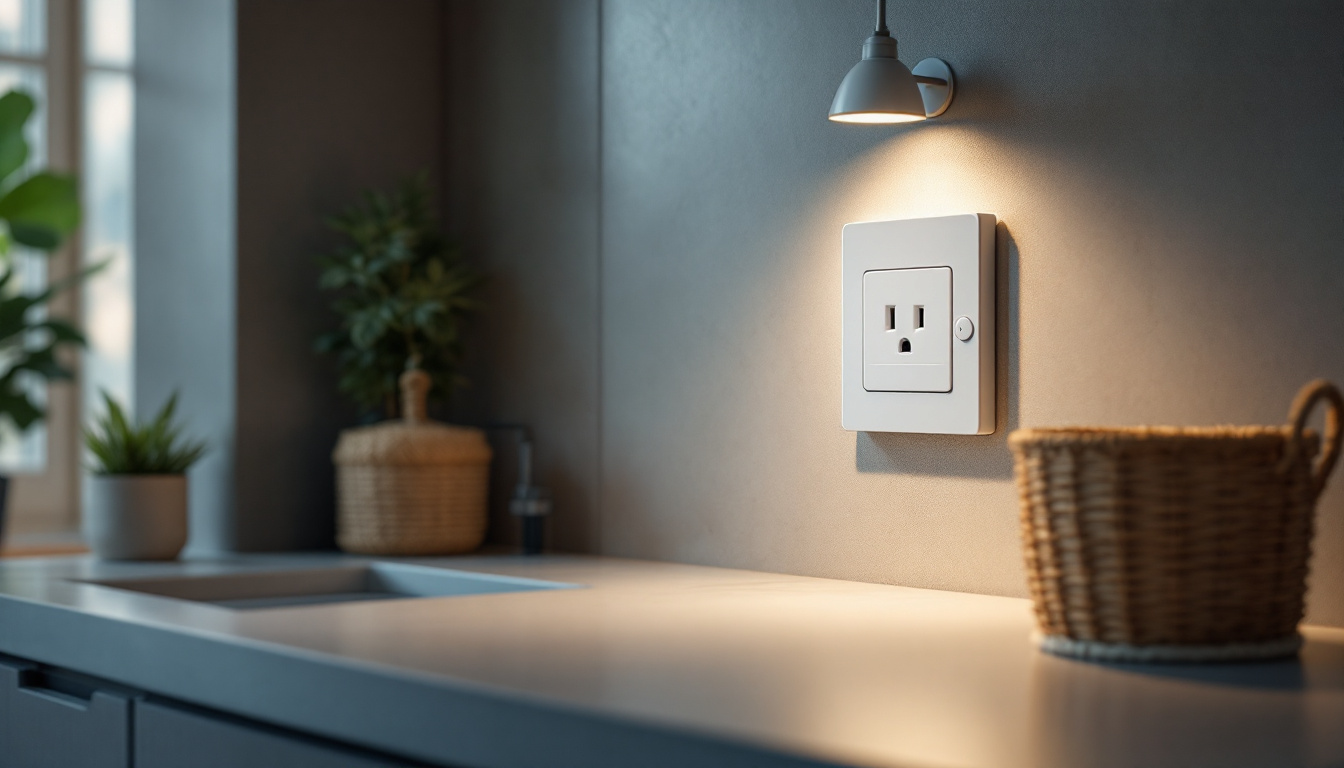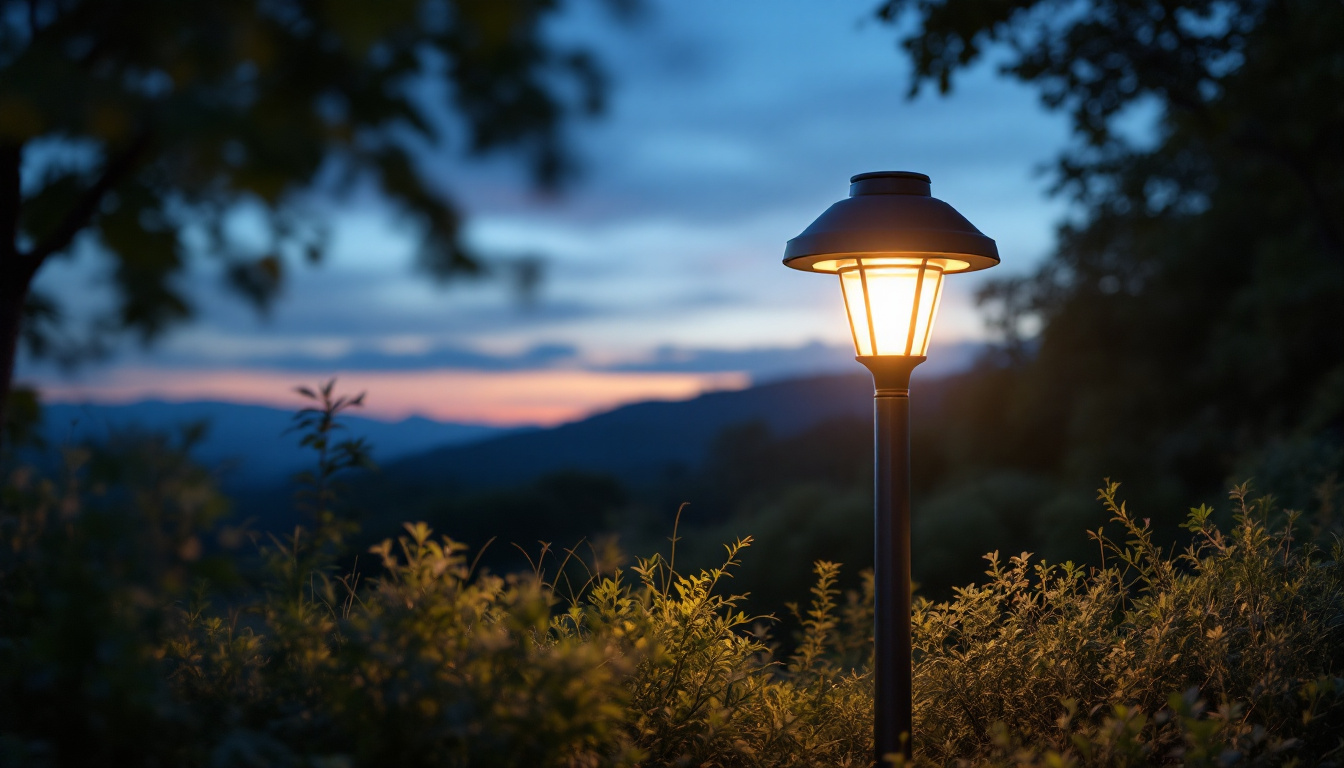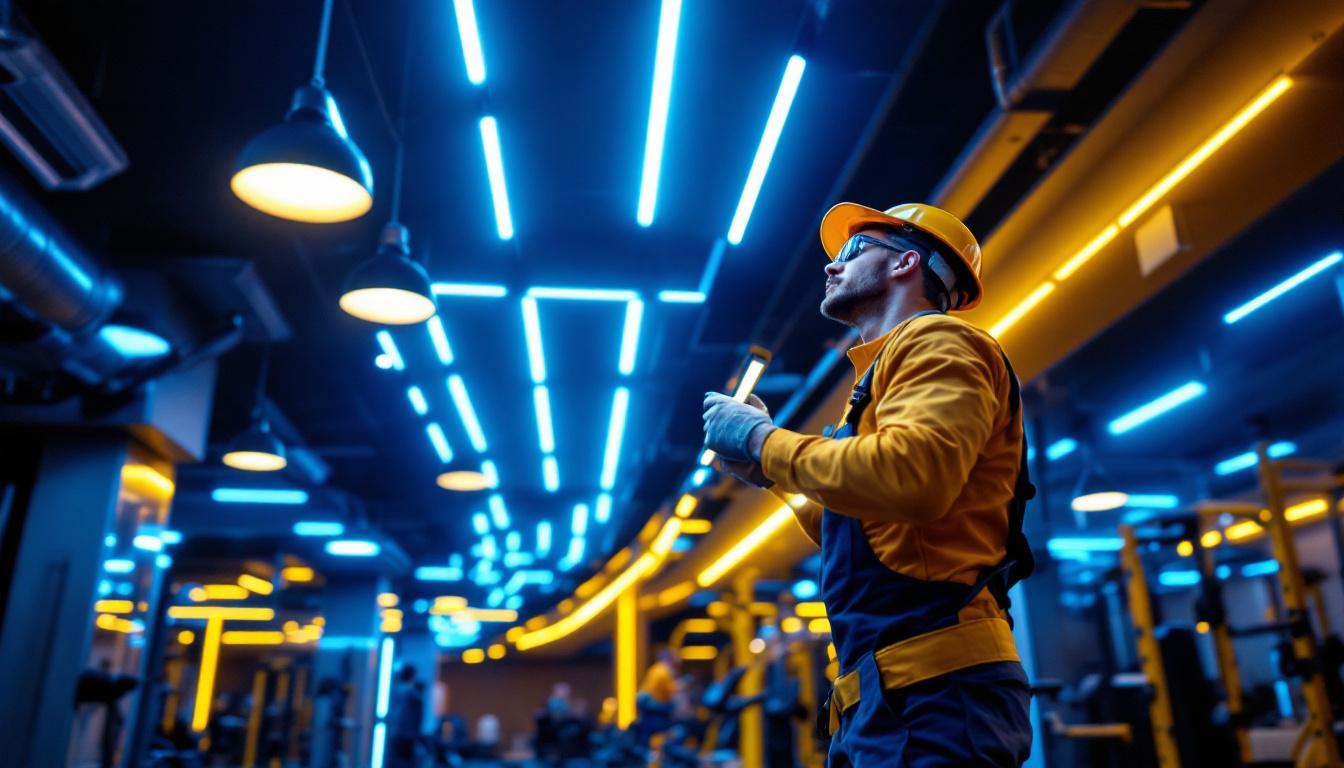
In the ever-evolving world of lighting technology, outdoor LED can lights have emerged as a significant advancement, offering numerous benefits for both contractors and clients. As a lighting contractor, staying updated on the latest trends and technologies is crucial for maintaining a competitive edge in the industry. This article explores the importance of outdoor LED can lights, their advantages, and why contractors should remain informed about their developments.
LED technology has revolutionized the lighting industry, providing energy-efficient solutions that are both cost-effective and environmentally friendly. The shift from traditional incandescent and fluorescent lights to LED options has been driven by several factors, including energy savings, longer lifespan, and reduced maintenance costs. As consumers become more aware of their energy consumption and its impact on the environment, the demand for LED lighting continues to grow, leading to innovative designs and applications that cater to a wide range of needs.
One of the most compelling reasons to adopt LED technology is its energy efficiency. Outdoor LED can lights consume significantly less energy compared to their traditional counterparts. This reduction in energy consumption not only lowers electricity bills for clients but also contributes to a decrease in carbon footprint, making it an attractive option for environmentally conscious consumers. Furthermore, advancements in LED technology have led to the development of smart lighting systems that can be controlled remotely, allowing users to optimize their energy usage even further. These systems can adjust brightness based on natural light levels or occupancy, ensuring that energy is not wasted when spaces are unoccupied.
LED lights boast an impressive lifespan, often lasting up to 25,000 hours or more, which is substantially longer than traditional bulbs. This longevity translates into fewer replacements and less frequent maintenance, ultimately saving contractors time and resources. Additionally, outdoor LED can lights are designed to withstand harsh weather conditions, making them ideal for outdoor applications. Their robust construction often includes features such as water resistance and impact resistance, which further enhance their durability. This resilience not only ensures that they perform well in various environmental conditions but also provides peace of mind for homeowners and businesses alike, knowing that their lighting solutions are built to last. As a result, the initial investment in LED technology is often recouped over time through reduced replacement costs and lower energy bills, making it a smart choice for both residential and commercial settings.
Outdoor LED can lights offer a range of benefits that make them an essential choice for lighting contractors. Understanding these advantages can help contractors make informed decisions when recommending lighting solutions to clients.
Outdoor LED can lights come in various styles, sizes, and color temperatures, allowing for versatile design options. Whether illuminating a residential patio, a commercial building facade, or a public park, these lights can be tailored to meet specific aesthetic and functional requirements. This versatility enables contractors to provide customized solutions that align with their clients’ visions. Additionally, the ability to choose from different beam angles means that contractors can create focused lighting for task areas or broader illumination for general ambiance, enhancing the overall outdoor experience.
Proper outdoor lighting is crucial for safety and security. Well-lit areas deter criminal activity and reduce the risk of accidents. Outdoor LED can lights provide bright, focused illumination that enhances visibility, making spaces safer for pedestrians and vehicles alike. By incorporating these lights into their projects, contractors can offer clients peace of mind, knowing that their properties are well-protected. Furthermore, the use of motion sensors with these lights can provide an additional layer of security, as they automatically activate when movement is detected, ensuring that dark areas are illuminated only when needed, thus conserving energy and extending the lifespan of the fixtures.
The integration of smart technology with outdoor LED can lights has opened up new possibilities for lighting control and automation. Many modern LED fixtures can be connected to smart home systems, allowing users to control lighting remotely through smartphones or voice-activated devices. This feature not only adds convenience but also enables energy management, which is increasingly appealing to tech-savvy clients. Moreover, the ability to set schedules or dim lights based on the time of day can enhance the functionality of outdoor spaces, creating inviting atmospheres for gatherings while also promoting energy efficiency. As smart technology continues to evolve, the potential for outdoor LED can lights to integrate with other smart devices, such as security cameras and environmental sensors, will likely expand, offering even greater control and adaptability for homeowners and businesses alike.
As the lighting industry continues to evolve, staying updated with the latest trends and technologies is essential for contractors. This knowledge not only enhances their expertise but also ensures they can provide the best solutions to their clients. With innovations emerging at a rapid pace, from smart lighting systems to energy-efficient solutions, contractors must be proactive in their learning to remain relevant and effective in their roles.
Participating in workshops, webinars, and industry conferences is an effective way for lighting contractors to stay informed. These events often cover the latest advancements in LED technology, design trends, and installation techniques. By investing time in continuous education, contractors can enhance their skills and remain competitive in a rapidly changing market. Moreover, many organizations offer certification programs that not only bolster a contractor’s resume but also deepen their understanding of complex lighting systems and energy regulations. This formal recognition can be a significant advantage when bidding for projects or seeking new clients.
Building relationships with other professionals in the lighting industry can provide valuable insights and knowledge. Networking allows contractors to share experiences, discuss challenges, and explore new ideas. Engaging with manufacturers, suppliers, and fellow contractors can lead to collaborations that enhance project outcomes and broaden service offerings. Additionally, participating in local trade associations or online forums can facilitate connections that might lead to mentorship opportunities, where seasoned professionals can guide newcomers through the complexities of the industry. Such interactions not only foster a sense of community but also create a platform for sharing best practices and innovative solutions that can elevate the standards of lighting design and installation.
Furthermore, attending trade shows and expos can expose contractors to cutting-edge products and technologies that are just entering the market. These events often showcase the latest in smart lighting controls, sustainable materials, and energy-saving solutions that can greatly benefit their projects. By staying engaged with the latest offerings, contractors can provide their clients with unique, state-of-the-art options that set them apart from competitors. This proactive approach to learning and networking ensures that contractors are not just participants in the industry but are also influential players shaping its future.
While outdoor LED can lights offer numerous benefits, there are challenges and considerations that lighting contractors must keep in mind. Understanding these factors can help ensure successful project execution and client satisfaction.
One of the primary challenges contractors face is the initial cost of LED fixtures. Although the upfront investment may be higher than traditional lighting options, the long-term savings in energy costs and maintenance can outweigh these expenses. Educating clients about the long-term benefits of LED technology can help alleviate concerns about initial costs.
Proper installation is crucial for maximizing the performance of outdoor LED can lights. Contractors must be aware of compatibility issues with existing electrical systems and ensure that fixtures are installed correctly to avoid potential problems. Additionally, understanding local building codes and regulations is essential for compliance and safety.
The future of outdoor LED can lights is promising, with ongoing innovations that aim to enhance performance, efficiency, and user experience. Contractors should keep an eye on emerging trends to remain at the forefront of the industry.
Color rendering is a critical aspect of lighting design, affecting how colors appear in illuminated spaces. Future advancements in LED technology may lead to improved color rendering capabilities, allowing for more accurate and vibrant color representation. This development can significantly enhance the aesthetic appeal of outdoor spaces, making them more inviting and visually appealing.
As sustainability becomes a priority, the integration of outdoor LED can lights with renewable energy sources, such as solar power, is gaining traction. Solar-powered LED lights offer an eco-friendly lighting solution that reduces reliance on grid electricity. Contractors who stay updated on these innovations can provide clients with sustainable options that align with their environmental goals.
Outdoor LED can lights represent a significant advancement in lighting technology, offering numerous benefits that can enhance the quality of outdoor spaces. For lighting contractors, staying updated on the latest trends, technologies, and innovations is essential for providing clients with the best solutions. By embracing the advantages of LED technology and remaining informed about industry developments, contractors can ensure their continued success in a competitive market.
In a world where energy efficiency and sustainability are increasingly important, outdoor LED can lights are not just a trend—they are the future of outdoor lighting. By investing time in education, networking, and understanding the challenges and innovations within the industry, lighting contractors can position themselves as leaders in their field, ready to meet the evolving needs of their clients.
Ready to elevate your lighting game and stay ahead of the curve? At LumenWholesale, we provide lighting contractors with the cutting-edge outdoor LED can lights you need to impress your clients and illuminate their spaces with efficiency and style. Our commitment to quality and affordability ensures you have access to the best spec-grade lighting products at wholesale prices that simply can’t be beaten. Say goodbye to middleman markups and hello to hassle-free bulk buying with free shipping. Don’t compromise on quality or cost—choose LumenWholesale for your lighting solutions. Discover our selection and secure the best value in wholesale lighting today.

Explore the science of light efficient design and discover how it revolutionizes the work of lighting contractors.

Discover how a dryer wall socket can transform your lighting projects by providing the power and versatility often overlooked.

Discover how solar light for lamp posts is revolutionizing the lighting industry by offering sustainable, cost-effective, and eco-friendly solutions.

Discover how LED gym lights are revolutionizing the industry and impacting lighting contractors’ profitability.